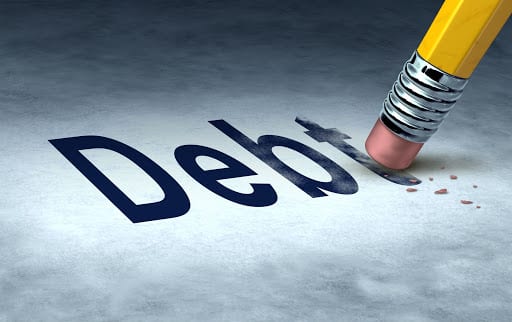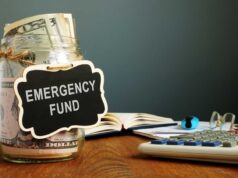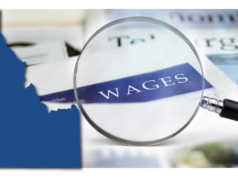Credit card debts are on the rise now more than ever. In the US alone, today’s consumer debt has grown 19% since 2009, marking a record high of $14.1 trillion, according to Experian. But before you throw in the towel and immediately file for bankruptcy, it would be wise to review the other financial options available to you that can be tailor-fitted to your needs. It’s advisable to consult a debt management professional like London insolvency practitioner Hudson Weir – you may be missing out on a good opportunity to solve your problems. However, not all debt is bad. The top reasons debts are incurred are divorce, medical treatments, and unemployment. Whatever your reasons are for credit card debt, here are some ways you can free yourself from this onerous financial burden.
Understanding Debt Avalanche vs. Debt Snowball
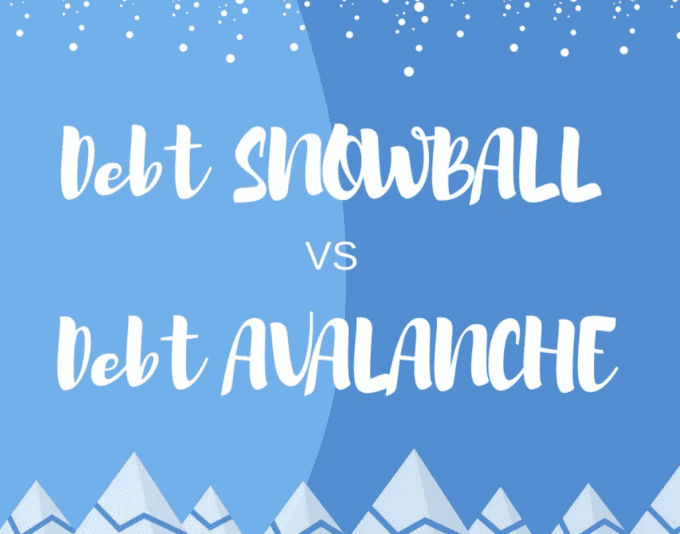
According to PersonalMoneyNetwork.com, with the right debt management techniques, you can utilize bad credit loans to your financial advantage. This will help you in whatever financial situation you may be in. However, it is also important to understand the difference between debt avalanche and debt snowball options in high-interest payments. These two techniques are two sides of a coin. Both techniques will require you to list down all your credit card debts. The only notable difference is where you will be allotting your extra cash to.
For debt avalanche, you will be prioritizing the payments for the credit card debt with the highest interest rate and will allocate the extra cash you have on hand for its payment. With this technique, you will eliminate the debt that incurs the most interest first. After you have eliminated the highest interest-incurring debt, follow the same method by paying off the minimum of all the credit card debt and allotting the extra money you have to it. Continue to do this until all debts have been paid off. This technique may take longer, but this will also save you money from paying a hefty interest.
Debt snowball, on the other hand, focuses on the payment on the lowest credit balance. Minimum payments for all credit card cards will still be made but all extra cash will be geared towards debt repayment with the lowest balance available. By doing this, paying off the credit card debt with the lowest balance will be accomplished sooner. This will yield more confidence and a sense of achievement for you to keep going to your next lowest balance debt. Not to mention, paying on time will also give you a better credit score rating as you get rid of debts sooner than later.
Pre-Compute Balance Transfers
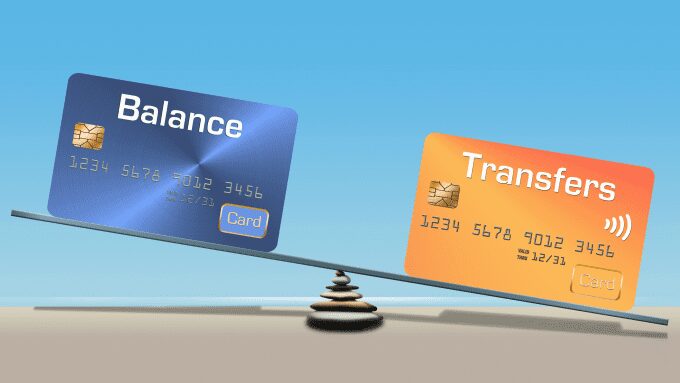
Balance transfers, simply put, are offered by credit card companies to transfer your credit card balance from your original credit card to theirs. They offer 0% interest for a varying number of months. It’s a case-to-case basis, but you can work this to your advantage. Your payments will be pre-computed as they are both time-bound. Being such, you can already check if your monthly income can shoulder the payments that would yield from either account.
Instead of paying off interest monthly, your payments will be frozen for a variable number of months, allowing you to pay off more. Choose the credit card balance with the highest interest rate for this to save on interest. Remember to ask about their annual and interest fees after the balance transfer payment period has lapsed before making a decision.
Opt For A Personal Loan
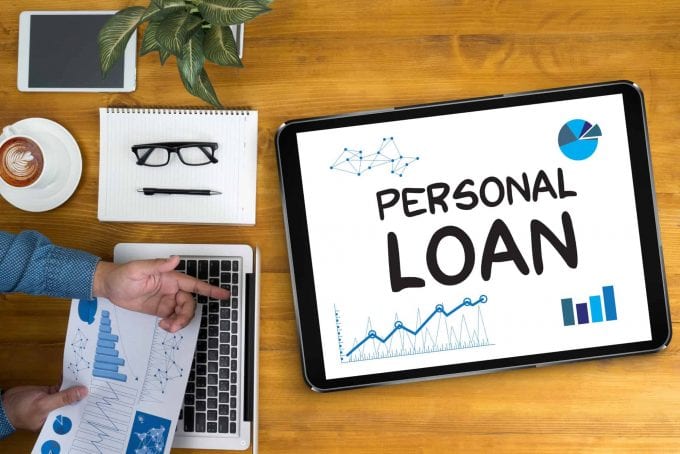
Taking out a personal loan to pay off all your debts is also another way to pay off credit card debt. In fact, it is more centralized this way. Instead of worrying about multiple card payments with different interest rate computations, you will just worry about one. With this technique, you can also plan your budget in advance. If your bank states that you are qualified for this loan option, check if your monthly income can accommodate the payments to avoid an extra burden on your part.
Work On Your Financial Behavior
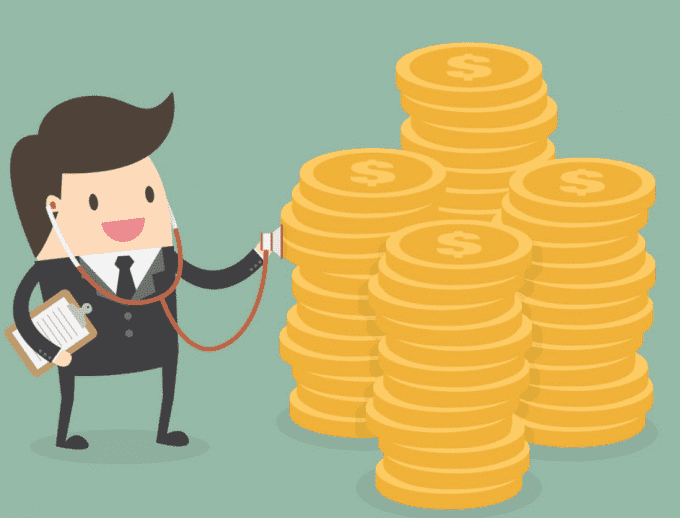
When your financial health declines, so do your mental and emotional health. While doing any of these corrective measures, it is important to have the right attitude toward it as well. Be honest when you evaluate where you stand financially. Sometimes, this honesty needs to be extended, even to your family. Regardless of what technique you use, make sure to save a portion of your income as well so that you will have an emergency fund and will not have to rely solely on credit cards should the need arise. Until you have paid off your credit card debt, it would also be wise to pay on a cash-only basis.
Start Paying in Cash
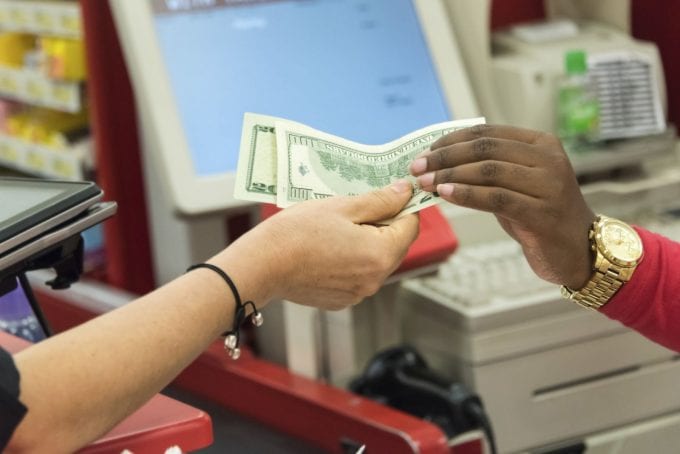
Doing so will not be the most enjoyable because it will limit your purchases, forcing you to give up on non-essential spending, and follow a strict budget for things that are necessary. You can even consider starting a side hustle, adding passive income, or work on a passion project to make extra money, provided that what you earn is geared towards debt payment and that it does not affect your primary source of income.
These are some of the effective and workable techniques you can go about in nursing your financial health and credit score back to health. But these are not the only techniques. Contact your banks for other methods of payment options. If your situation becomes more complicated, you can also look into financial counseling.
When it comes to debt, credit cards aren’t always the culprit. They are useful especially for emergency expenses. Usually, it is our financial habits that need work. Instead of adding multiple credit cards to your account, choose to keep just one with the lowest interest rate, minimal fees, and limit its use. Learn to become more mindful of your purchases by sticking to a budget and clearly define your spending between needs and wants.

